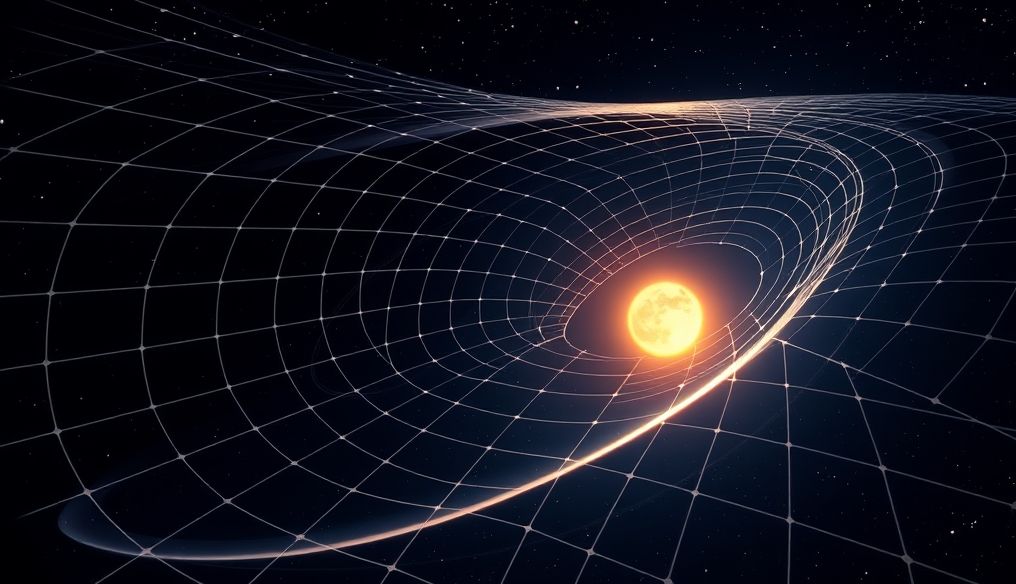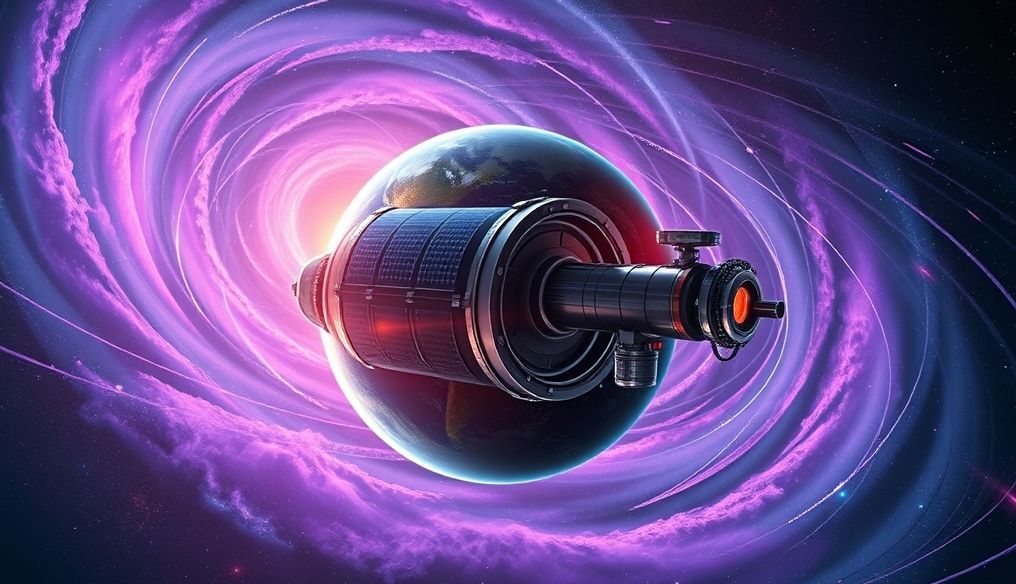What is Einstein's Theory of Relativity Simply Explained and How Did It Change Our Understanding of the Universe?
Albert Einstein's theory of relativity is considered one of the most important physical theories of the 20th century, and it revolutionized our understanding of the universe. However, it is often seen as complex and difficult to understand. In this article, we will simplify this theory and explain it in a way that makes it accessible to everyone, focusing on its profound impact on science, technology, and our daily lives.
What is Relativity? A Simplified Overview
Relativity, simply put, means that the laws of physics must be the same for all observers, regardless of their motion. This simple concept has radical implications for our understanding of time, space, and gravity.
Special Relativity: Time and Space are Not Absolute
The theory of special relativity was published in 1905 and is based on two fundamental principles:
- The laws of physics are the same for all observers in uniform motion.
- The speed of light in a vacuum is the same for all observers, regardless of the motion of the light source.
These two principles lead to amazing results:
- Time Dilation: Time moves slower for an observer moving at high speed compared to a stationary observer. Imagine you are traveling in a spaceship at a speed close to the speed of light. For you, time will pass normally, but for someone on Earth, your time will appear to pass very slowly.
- Length Contraction: The length of an object moving at high speed shrinks in the direction of its motion. If you are driving a car at a speed close to the speed of light, the length of the car will appear shorter to someone standing on the side of the road.
- Mass-Energy Equivalence: The famous equation E=mc² means that energy (E) and mass (m) are equivalent, where c is the speed of light. This means that a small amount of mass can be converted into a huge amount of energy, which is the principle behind nuclear energy.
General Relativity: Gravity is Not a Force, But a Curvature in Spacetime
The theory of general relativity was published in 1915 and is an extension of the theory of special relativity to include gravity. Instead of considering gravity as a force that attracts objects to each other, general relativity describes gravity as a curvature in spacetime (the fabric that connects time and space) caused by the presence of mass and energy.
Imagine you put a heavy bowling ball on a rubber sheet. The sheet will bend around the ball. Now, if you put a small ball on the sheet, it will roll towards the bowling ball due to the curvature of the sheet. This is similar to how massive objects like the sun and planets affect spacetime, causing other objects to move in curved paths around them.
Effects of General Relativity:
- Bending of Light: Gravity can bend the path of light. When light passes near a massive object like the sun, it is slightly deflected. This phenomenon was experimentally confirmed during the solar eclipse of 1919, proving the validity of Einstein's theory.
- Gravitational Time Dilation: Time passes slower in regions with stronger gravity. This means that time passes slower on the surface of the Earth compared to outer space.
- Gravitational Waves: These are ripples in spacetime that propagate at the speed of light, and are produced by violent cosmic events such as the collision of black holes or neutron stars. Gravitational waves were first detected in 2015, opening a new window for exploring the universe.
How Has Relativity Affected Science and Technology?
The theory of relativity has had a profound impact on various fields of science and technology:
- Astronomy and Astrophysics: Relativity has contributed to our understanding of black holes, neutron stars, and the evolution of the universe. It is also the basis of the Big Bang theory.
- Global Positioning System (GPS): The GPS system relies on satellites orbiting the Earth. The atomic clocks on these satellites are affected by the effects of special and general relativity. If these effects are not corrected, the GPS system would be significantly inaccurate.
- Nuclear Energy: The equation E=mc² is the basis of nuclear energy, where a small amount of mass is converted into a huge amount of energy.
- Medical Imaging: Some medical imaging techniques, such as magnetic resonance imaging (MRI), use the principles of relativity.
Relativity in Our Daily Lives:
Although we do not directly observe the effects of relativity in our daily lives, it plays a crucial role in many of the technologies we rely on:
- Global Positioning System (GPS): As mentioned earlier, the GPS system relies on relativity corrections to ensure accurate positioning.
- Atomic Clocks: Atomic clocks are used in many applications, including communications and navigation. These clocks rely on the principles of relativity to ensure their high accuracy.
- Medicine: Relativity plays a role in some medical imaging techniques, helping doctors diagnose and treat diseases.
Simplifying Relativity: Examples and Analogies
To make it easier to understand relativity, we can use some examples and analogies:
- Time Dilation: Imagine two trains moving at different speeds. For a person standing on the platform, time will appear to pass slower on the faster train.
- Curvature of Spacetime: Imagine a rubber sheet representing spacetime. If you put a heavy ball on the sheet, it will bend. Now, if you put a small ball on the sheet, it will roll towards the heavy ball. This is similar to how massive objects affect spacetime, causing other objects to move in curved paths around them.
Challenges of Relativity and the Future of Physics:
Despite its great success, relativity still faces some challenges. For example, general relativity is not compatible with quantum mechanics, another fundamental theory in physics that describes the behavior of small particles. Scientists are currently seeking to develop a unified theory that combines relativity and quantum mechanics, such as string theory or loop quantum gravity.
Conclusion:
Albert Einstein's theory of relativity is a great scientific achievement that changed our understanding of the universe. Although it seems complex, its basic principles are relatively simple. Relativity has affected various fields of science and technology, and has played a crucial role in many of the technologies we rely on in our daily lives. As scientists continue to explore the universe, relativity will remain an essential tool for a deeper understanding of the mysteries of the cosmos.
Frequently Asked Questions About the Theory of Relativity:
- Is time travel possible? General relativity predicts the possibility of time travel under certain conditions, such as the existence of wormholes. However, there is no conclusive evidence for the existence of wormholes, and time travel remains just science fiction.
- What are dark matter and dark energy? These are mysterious components of the universe that we cannot see directly, but they affect the movement of galaxies and the expansion of the universe. Scientists believe that dark matter and dark energy make up about 95% of the universe.
- Is relativity correct? Relativity has been tested with high precision in many experiments, and its validity has been confirmed. However, there are still some phenomena that relativity cannot fully explain, suggesting that there is more to discover about the universe.




